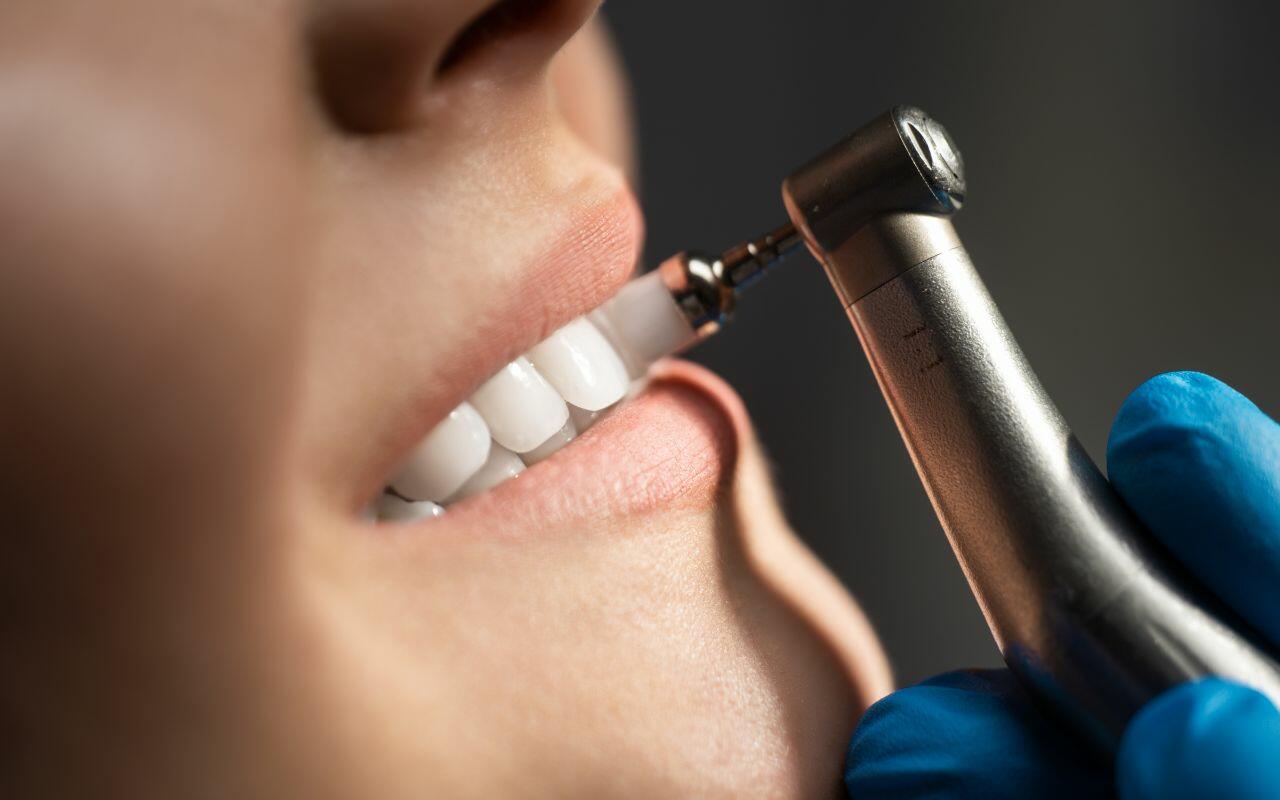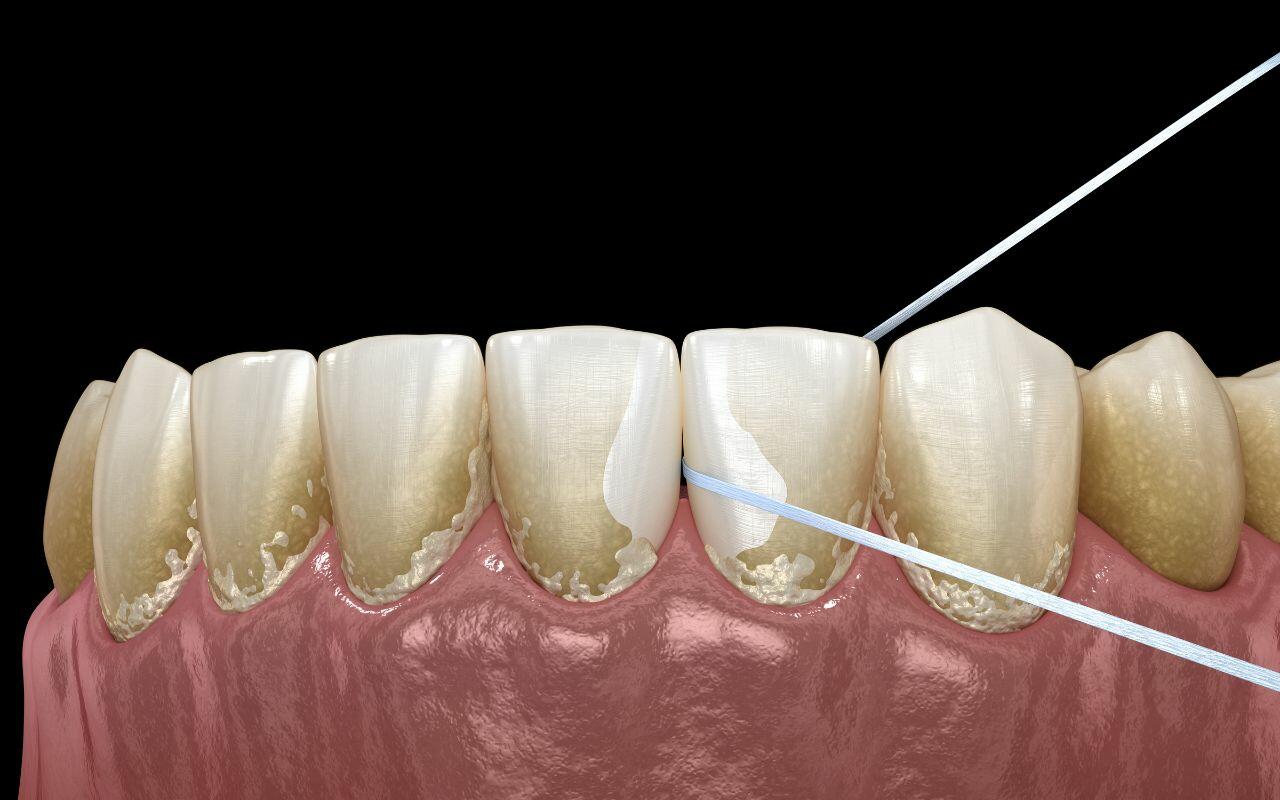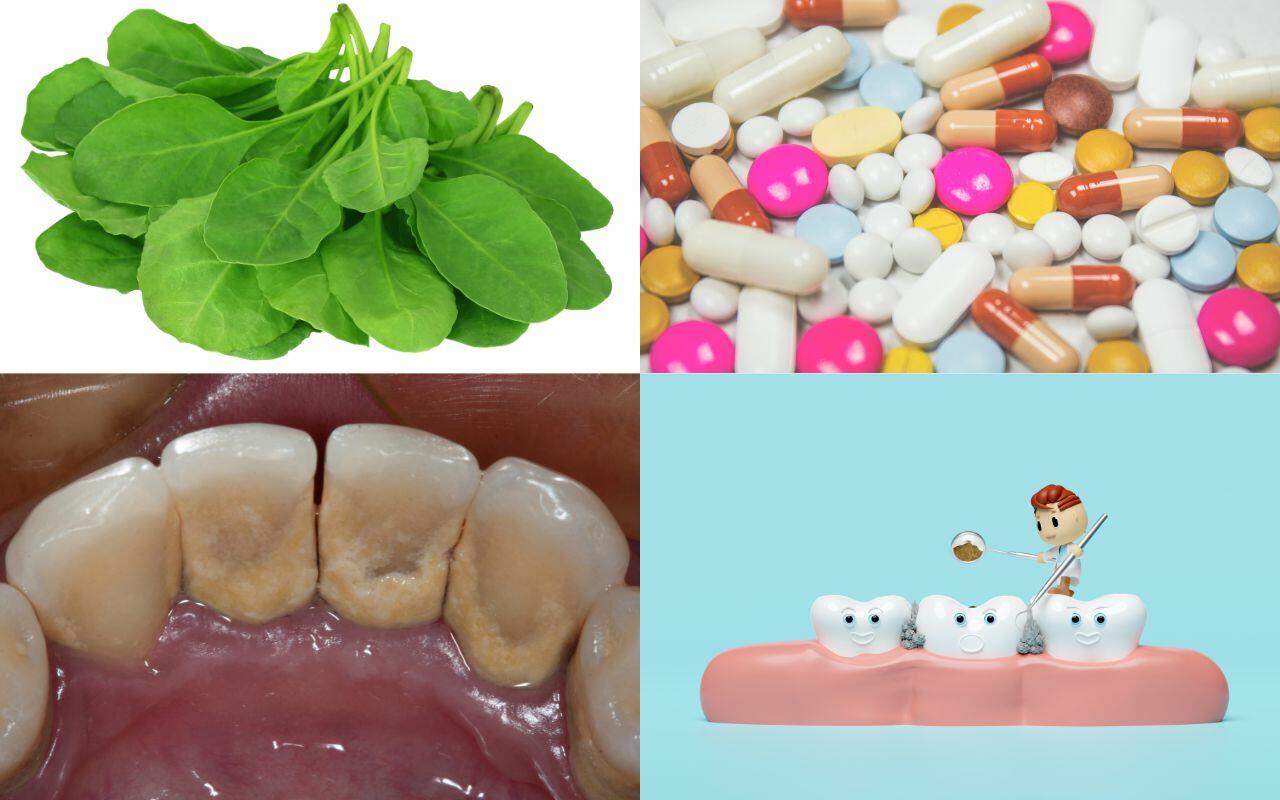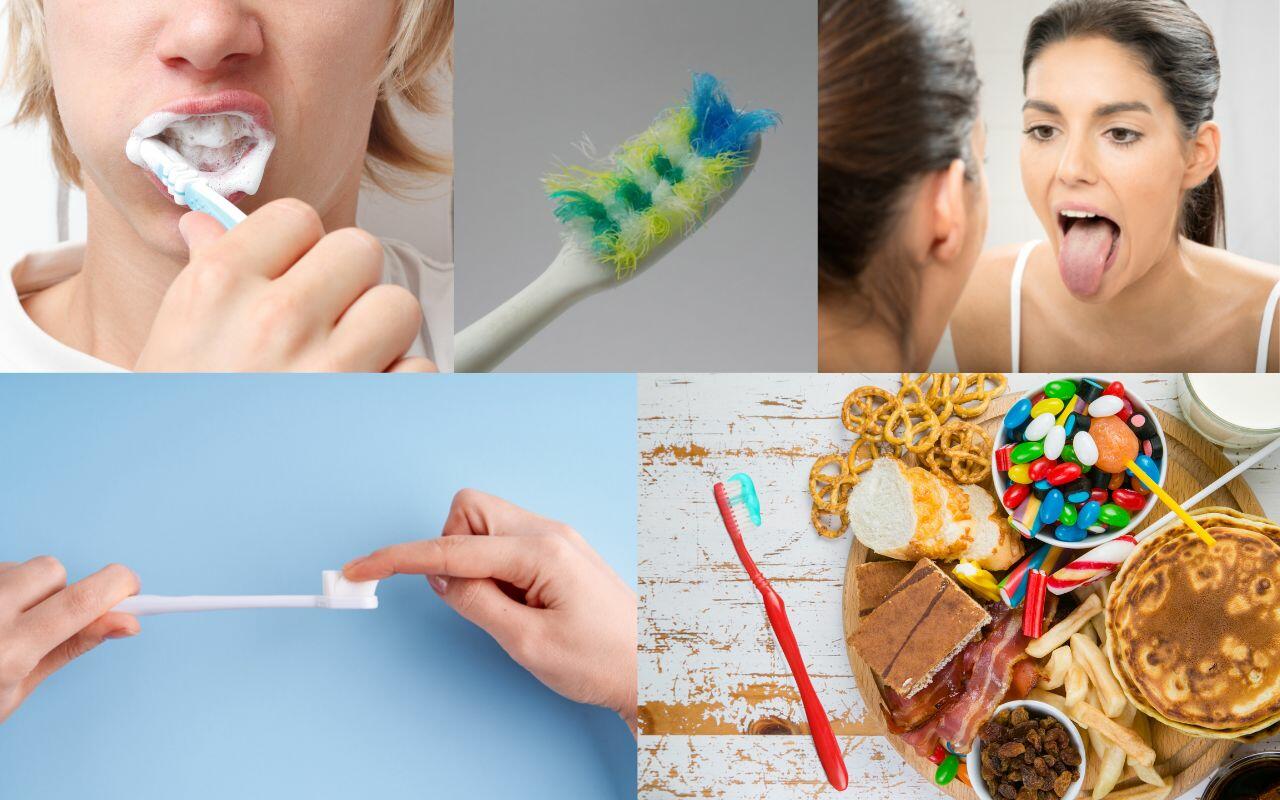Even people less than enthused about getting their teeth cleaned at the dentist notice they can’t resist that just-cleaned feeling following their appointments. It would be great to have that feeling of smooth teeth after a dental cleaning all year round without the need for regular dental visits. If you’ve ever asked after a dental cleaning, ‘Can I get the same results at home?’ you are not alone. Unfortunately, you just can’t replicate that clean, smooth feeling on your teeth following a professional dental cleaning. Here’s why you can’t get that feeling by brushing at home and why your dental cleanings are so important.
Is It Possible To Get My Teeth As Smooth As My Dentist Does?

In a word, no. Professional cleanings require professional tools called scalers. This is how we remove plaque and tartar. We also perform professional tooth polishing using a professional-grade “toothpaste” that is extra gritty. It’s gentle enough to avoid damaging your enamel but tough enough to create that smooth, just-cleaned feeling you love. Our professional polishers spin at a high speed to apply the polishing material for white, smooth teeth that look and feel great.
Why Can’t I Get My Teeth That Smooth?

The reason your teeth feel so good after cleaning is that your dentist or hygienist removes all the plaque and tartar left behind after you brush and floss. No matter how diligent you are about your oral hygiene regime, your toothbrush and floss just can’t reach plaque hidden along your gum line or between your teeth. Because plaque hardens over time, it turns into something called tartar. Unfortunately, no toothbrush on earth can remove hidden plaque or tartar.
What Happens To Teeth Between Cleanings?

Once you leave our office, you immediately start to build up plaque on your teeth. This takes away that smoothness from your professional cleaning. Some things that contribute to rough-feeling teeth include:
Certain Foods
We all know the traditional foods your dentist warns you off eating. However, aside from sugar, other foods can add a funny feeling to your teeth. One of the major suspects is spinach. Although it’s good for your health and even your teeth, it contains oxalic acid. The acid coats your teeth and leaves an almost fuzzy feeling. Other foods high in this acid include rhubarb, leafy veggies, and sweet potatoes.
Dry Mouth
If you don’t produce enough saliva or drink enough water, your teeth can start to feel sticky soon after your cleaning. Saliva is important for keeping your mouth healthy as it helps flush out debris while also contributing to a healthy oral microbiome. Drinking plenty of water is a good way to reduce dry mouth, but there could be other factors reducing saliva production besides simply not drinking enough water. Certain medical conditions, as well as some medications, can cause dry mouth. Your dentist will likely notice your lack of saliva at your appointment, but it’s always best to mention it. They can recommend ways to keep your mouth moist and increase saliva production.
Tartar and Plaque
Of course, it’s plaque and tartar that create that rough feeling on your teeth. As mentioned, professional cleanings remove plaque and tartar buildup. However, you can prolong that just-professionally-cleaned smoothness by proper brushing and flossing. Your dentist or hygienist should offer tips on proper brushing and flossing techniques, especially if they notice areas of concern with tartar buildup. If they don’t, be sure to ask them how you can improve your home oral hygiene to maintain that smooth feeling longer between cleanings.
Enamel Erosion
Your teeth have four layers, including the top protective outer surface called enamel. Enamel can erode over time due to exposure to acids, as well as tartar and plaque. This can lead to tiny holes, pits, and damage on your tooth surface that contributes to that rough feeling. Enamel erosion increases the risk for tooth decay, as well as tooth sensitivity, especially to hot and cold foods and drinks. Your dentist will look for signs of erosion and offer preventative measures to stop the damage from worsening.
Avoid These Habits At Home If You Want Clean Smooth Teeth

Although it’s disappointing knowing you can’t achieve that smooth, clean feeling we provide, the best way to help maintain that smoothness is to avoid bad brushing and oral hygiene habits. Some of the things you do at home in an attempt to keep teeth smooth could actually be damaging your teeth, including:
Applying Too Much Pressure
If you think faster, more aggressive brushing will mimic the spinning power of our tooth polisher, think again. Aggressive brushing damages enamel and can also lead to gum irritation. You can also increase the risk for painful tooth sensitivity by causing gum recession. A better idea is to choose a rotating electric toothbrush you can apply to each tooth for a few seconds to gently remove plaque and reach more of your tooth surface.
Hard-Bristled Toothbrushes
It may seem to make sense that using a hard-bristled toothbrush will be better for plaque removal. However, hard bristles are just as damaging to your enamel and gums as aggressive, speedy brushing. They force the abrasives used in most toothpaste into your tooth. As a result, you cause too much abrasion and remove the enamel. They can also increase the risk of bleeding gums that become angry and red after brushing with hard bristles. Always choose a soft-bristled brush instead.
Old Toothbrushes
As you brush your teeth, the bristles spread out and become frayed over time. When you use a toothbrush beyond its prime, it targets teeth in a less-than-optimized fashion, making your brushing less effective. In fact, if your brush is noticeably “splayed,” you could aggravate your gums and cause sensitivity and recession. Old toothbrushes also harbour harmful bacteria and germs. You should replace your toothbrush – or the brush head on your electric toothbrush – every 60-90 days. If you’ve been sick, replace your toothbrush once you’re better, even if it’s brand new.
Brushing Right After Eating
It might feel like you should get brownie points for brushing directly after you eat, but this is actually one of the worst things you can do. Leftover particles are removed when you brush before bed and also in the morning. When you brush right after you eat, you cause enamel damage. The acids produced when you eat are still lingering in your mouth and on your teeth. Always wait at least 30 minutes after eating to avoid enamel damage. Keep in mind you really only need to brush twice a day. You can opt to rinse your mouth with water instead. As well, if you feel something caught in your teeth, flossing and rinsing are better.
Not Brushing Your Tongue
A dirty, coated tongue can contribute to a coated feeling on your teeth. Brushing your tongue with the back of your toothbrush can help remove debris and germs that can contribute to tooth decay.
Now that you know why you can’t get smooth teeth as good as a dental cleaning at home with brushing alone, you should be sure to book your regular checkups and cleanings. And follow these tips to help prolong that just-cleaned feeling.
Call today to schedule a professional dental cleaning at 905-775-5307 or click here to request an appointment.
